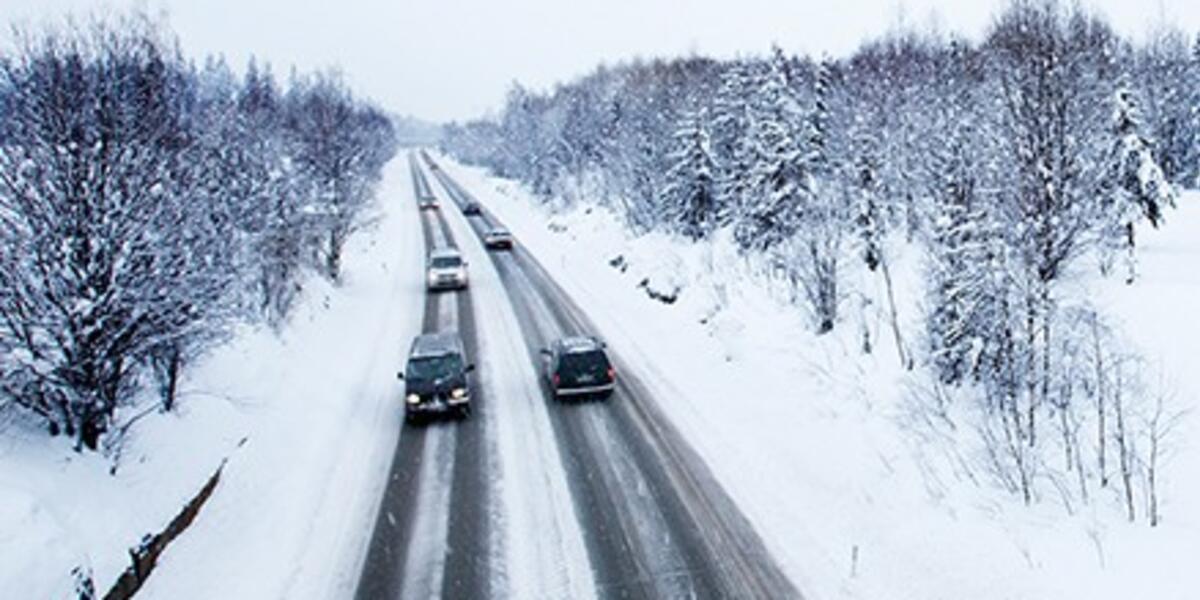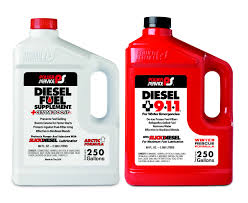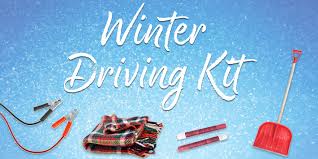Tuesday is the first day of Fall and now is the time to start preparing your drivers for the cold weather ahead. Everyone should be aware of what is required to keep their truck running during the winter months ahead and how to stay safe while driving.
Preparation is the Key to Handling Winter Weather
The last thing your drivers want, is to have a breakdown because they’ll be the ones stuck by the side of the road. And it doesn’t have to be this way. Every year motor carriers notice the most common mistakes are made by not taking preventive measures before winter arrives.
All carriers should remember to prepare their fleet for driving in difficult conditions by ensuring their trucks up to date on regularly scheduled maintenance and by keeping them prepped for cold conditions, such as by providing fuel that is treated and blended for low temperatures.
The NOAA is already predicting La Nina bringing us a very harsh winter. In some places, this will bring temperatures as low as -40 degrees to parts of the U.S. and Canada increasing the need to protect fuel systems. Diesel exhaust fluid can freeze at temperatures below 10°F (-12°C), even while your truck is idling, and low fuel tanks can trap condensation, which is also prone to freezing.
Motor carriers should have a process for keeping their trucks not in operation from freezing during extremely cold temperatures as well, so they are ready to go when needed. They also need to keep their drivers up to speed on training for winter driving, starting as early as today to discuss these topics with drivers. All drivers, including new drivers and drivers who are based in warmer climates that might be passing through winter weather, should have regular refreshers as well.
Ultimately, drivers are the ones who will be faced with dangerous conditions from snow, cold, and high winds. And the most important thing a motor carrier can do is allow their driver to make the right decision for the situation.
Fuel Additive to Use During Cold Weather Conditions
Fuel additives to prevent jelling should be added anytime the ambient temperature is below freezing. Power Service and Penray are popular manufactures of fuel additives and both companies have two different products available through Navistar and Idealease locations.
Power Service:
- The "Red Bottle" is Power Service 911 and is to be used ONLY when the fuel in a unit has been jelled.
- Power Service 911 is NOT to be used as a fuel additive that you would regularly put in the fuel tank to keep the fuel from jelling.
- Power Service Diesel Fuel Supplement Cetane "White Bottle" is to be added to the fuel at each fill when the ambient temperature is < 30 degrees F.
- This is the additive you should use on a regular basis during the winter months.
Winter Thaw Emergency Diesel Fuel Supplement:
- Dissolves already gelled fuel fast and reduces clogging of fuel filters.
- Prevents ice crystal build-up in fuel lines and filters by disbursing moisture.
- Eliminates hard starting, pounding, excessive smoking and helps improve combustion.
- 100% compatible with low sulfur fuel and fuel blends.
Winter Pow-R Plus Diesel Fuel Supplement:
- ULSD compliant. Prevents gelling of diesel fuel.
- Prevents ice crystal formation. Reduces cold filter plug point b as much as 30ºF.
- Helps enhance cetane.
- Helps improve fuel economy. Utilizes HAFI® technology.
- Improves cold weather starting.
- Stabilizes and prevents corrosion.
- Helps reduce emissions.
- Helps improve lubricity.
10 Tips on Driving in Inclement Weather
Bad weather can be a daily hazard for a commercial driver. And, in some cases, although weather has a strong influence on driving, if a wreck were to occur, the blame could be placed on the driver for reckless vehicle operation. To avoid running into such serious issues, take advantage of these 10 tips when driving in inclement weather.
- Be Aware of Weather Forecast
Before starting your trip, whether it is long or short, the first thing you need to do is check the weather forecast. Knowing exactly what to expect can ensure that you don’t run into any serious problems on the road.
- Pre-inspection of Truck and Trailer
Take time to pre-inspect your truck for anything that might be hazardous when on the road. This includes inspecting your tires, wiper blades, engine coolant level, washer solvent, and lights.
- Don’t Speed
When caught in bad weather a driver’s first instinct may be to rush through the weather so they can finish the job on time. This is incredibly risky and unsafe, as a driver of a commercial motor vehicle, you must always remain cautious when driving in bad weather to prevent a wreck.
- If Weather is too Harsh, Stay in the Truck
There are times when the weather can get too rough. Whether it’s a harsh blizzard, strong winds, or other inclement weather, pull over to a safe location and remain inside your truck.
- Brake and Accelerate Lightly
If you are stuck in a storm or other harsh weather, remember not slam on your brakes or accelerator, which may risk your tires locking up and spinning out of control ultimately leading to a wreck.
- Turn Slow
Make sure your turns are slow and controlled. Wheels lose traction easily in inclement weather conditions.
- Use Extra Care on Inclines
Take your time when going uphill, especially if your view is obscured by snow or other weather. Always be cautious and prepared before going to higher elevations so that you do not run into any serious issues.
- Empty Trailers Are More Dangerous
Make sure that you always have at least some weight in your trailer to prevent possible tip-overs. Trailers that aren’t loaded, risk the chance of being blown over much easier than a trailer that has supplies. Even if the truck does not tip over from the winds, it still can shake from side to side causing issues for other drivers on the road.
- Add Extra Space on the Road
If you are driving in the middle of a storm, make sure there is enough room between you and other vehicles in case you have an emergency and need to pull over.
- Always Pack Emergency Supplies
Make sure you prepare for the different weather conditions you will face before you start your journey. Also, make sure you have emergency supplies packed in case you get stranded.
Supply Your Driver With a Cold Weather Kit
Everyone should carry a Cold Weather Kit in their truck. In an emergency, it could save your life.
Here is what you need:
- A shovel
- Windshield scraper and small broom
- Flashlight with extra batteries
- Battery powered radio
- Water
- Snack food including energy bars
- Matches and small candles
- Disposable Hand/Foot warmers
- Extra hats, socks, and mittens
- First aid kit with pocketknife
- Necessary medications
- Blankets or sleeping bag
- Tow chain or rope
- Road salt, sand, or cat litter for traction
- Booster cables
- Fluorescent distress flag and whistle to attract attention
- Cell phone adapter to plug into lighter and extra battery supply









